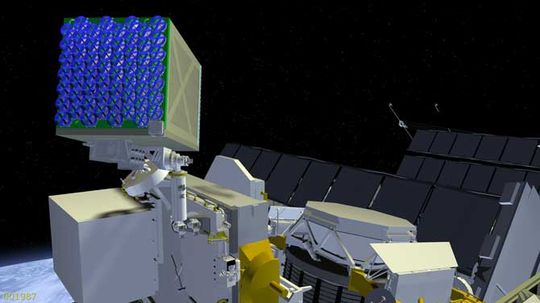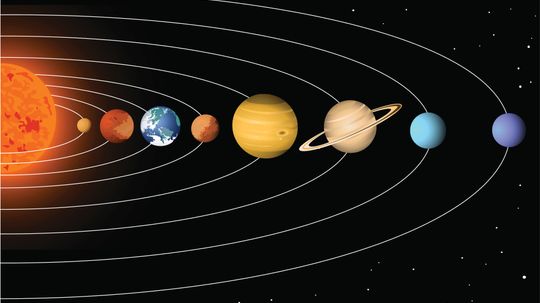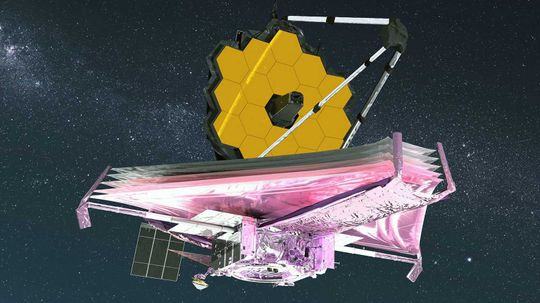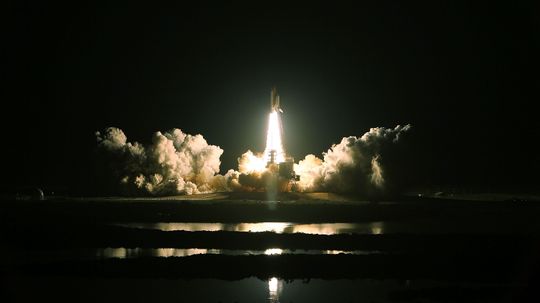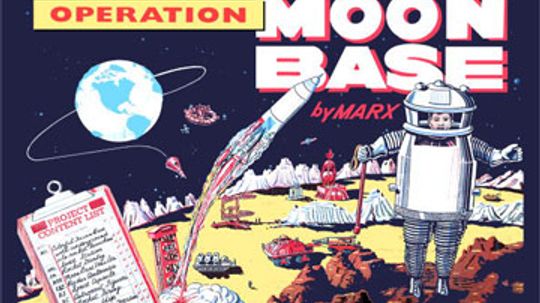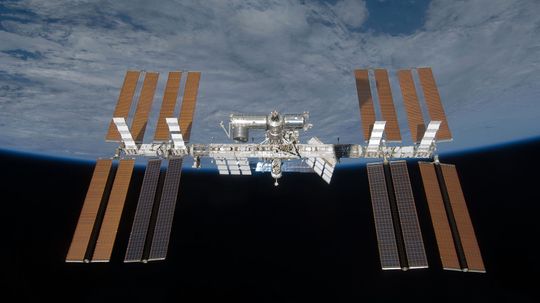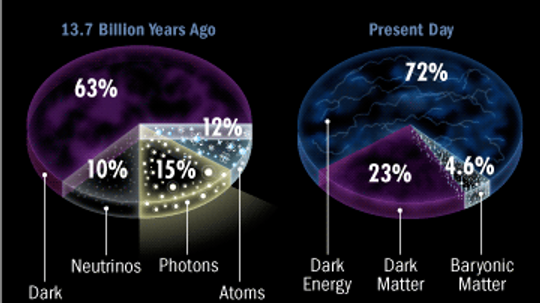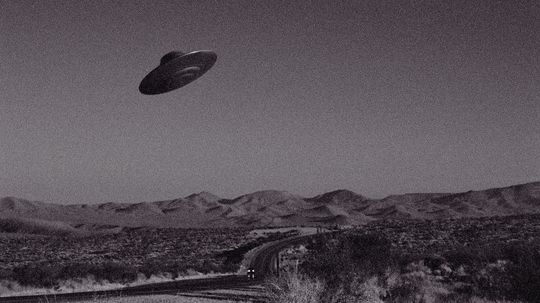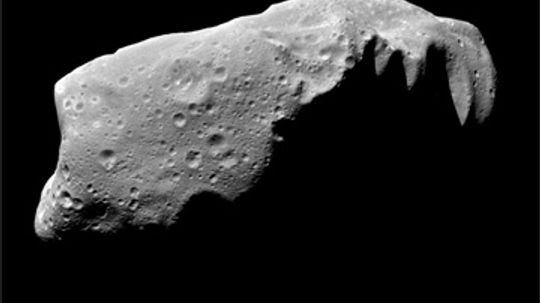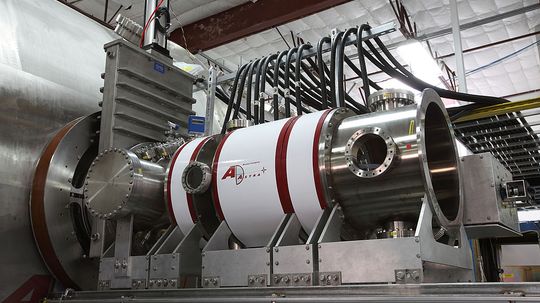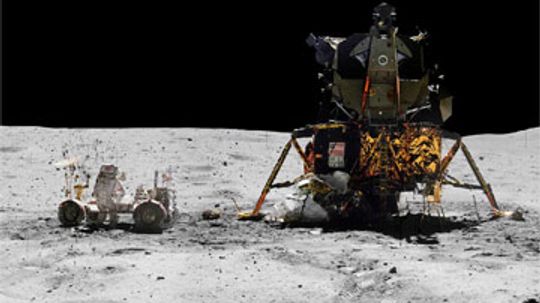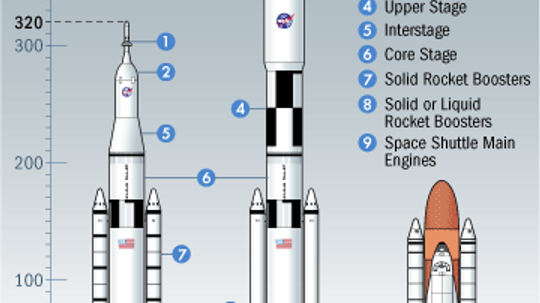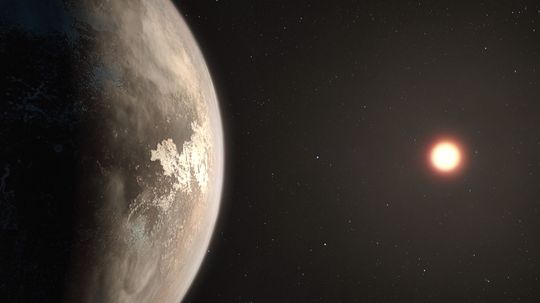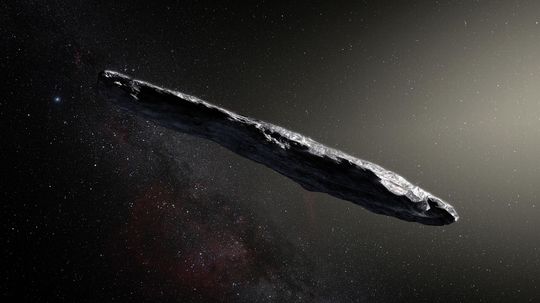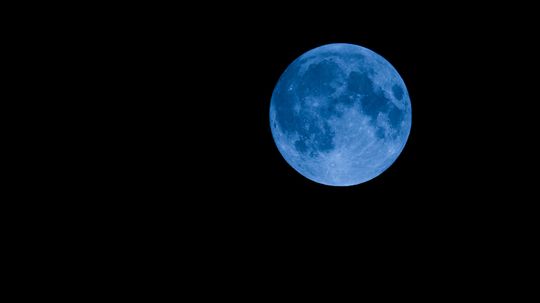Space
Explore the vast reaches of space and mankind's continuing efforts to conquer the stars, including theories such as the Big Bang, the International Space Station, plus what the future holds for space travel and exploration.
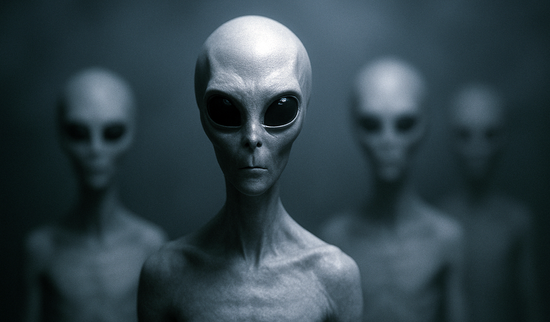
Tall Whites: The Classic Extraterrestrial Archetype
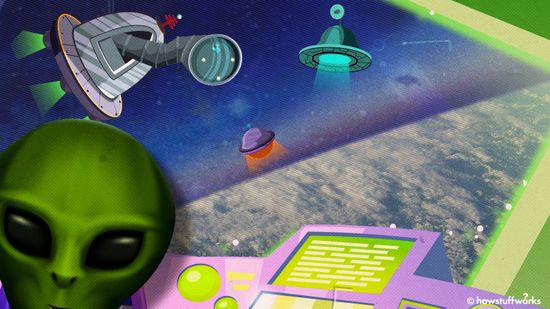
The Zoo Hypothesis: Are Aliens Watching Us Like Animals in a Zoo?
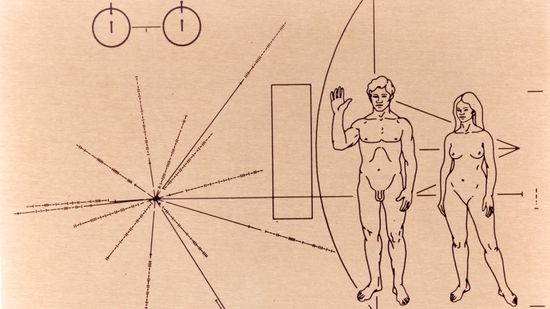
Communicating With Aliens Is Hard. Communicating With Alien AI Could Be Harder

10 Types of Stars Blazing and Collapsing in Our Universe
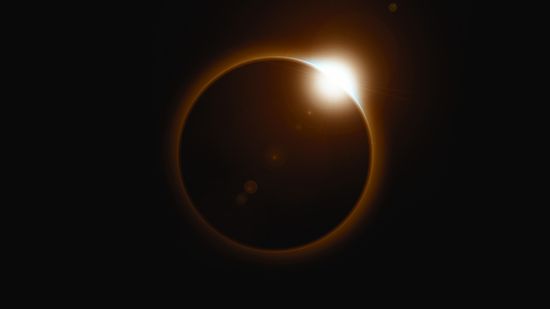
7 Types of Eclipses: Lunar, Solar and ... Hybrid?

Why a Geomagnetic Storm Makes for Pretty Skies and Tech Scares
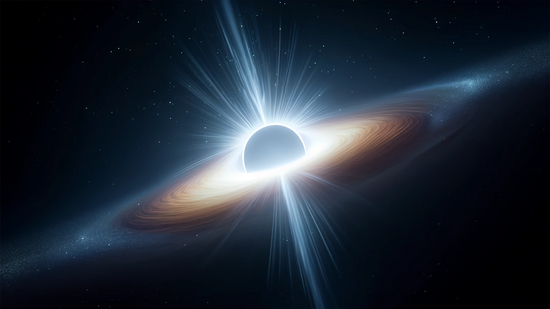
What Is a White Hole? Does the Cosmic Phenomenon Exist?
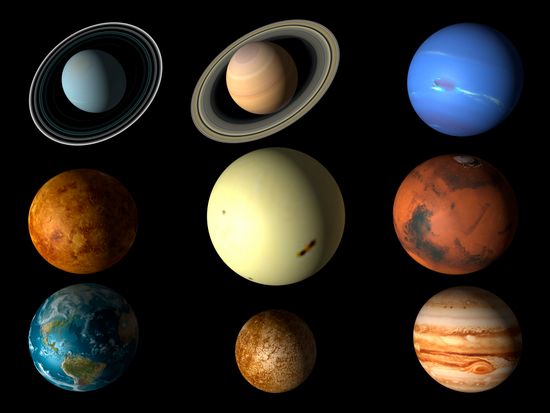
10 Best Ideas for Interplanetary Communication
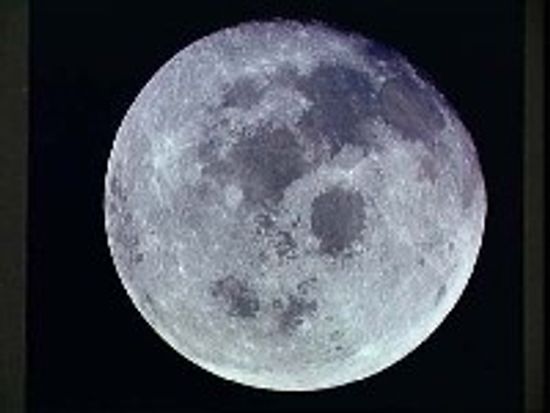
How can the moon generate electricity?
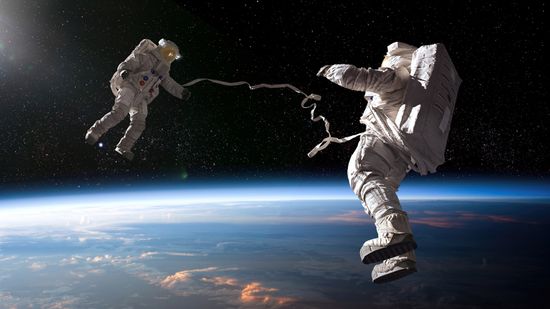
Is an Astronaut Stuck in Space a Rare Occurrence?

What Really Happened to Yuri Gagarin, the First Man in Space?
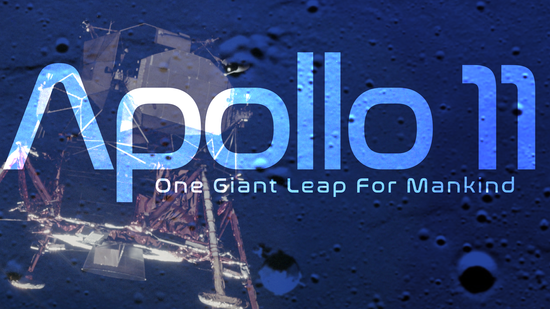
Apollo 11 One Giant Leap For Mankind
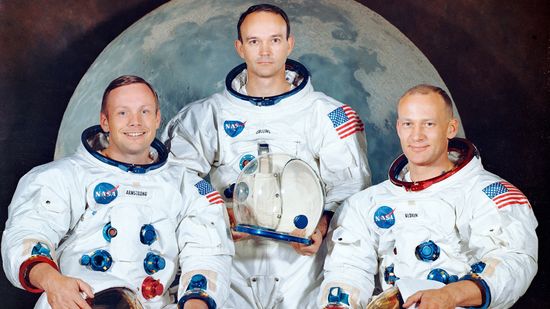
15 Famous Astronauts Who Expanded Our Universe
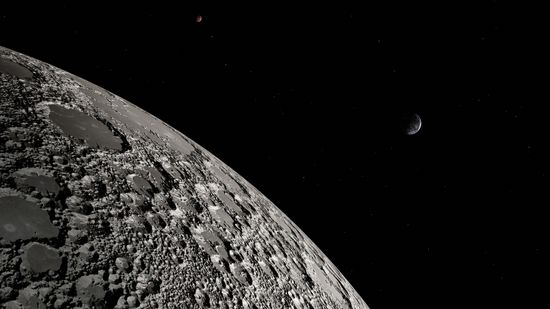
2023 India Moon Landing Was World's First at Lunar South Pole
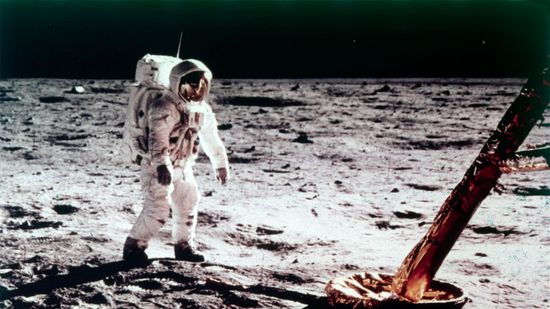
Quiz: Apollo 11, the First Moon Landing

The Fastest Fictional Spaceships

10 Fictional Spacecraft We Wish Were Real

How Lunar Rovers Work
Learn More / Page 10
GPS is great, but it's kind of Earth-centric. If we have our hearts set on traveling to distant planets and faraway stars, then it's time to come up with a new navigation system. NASA, of course, has an idea.
Leash your cheetah, buckle your seatbelt and tell Usain Bolt to take a knee. We're about to power through some of the speediest stuff this universe - both in the real world and in fiction - has to offer.
When a huge star collapses, it releases massive amounts of radiation in concentrated streams. If one of those streams hit Earth, it wouldn't be pretty. But where should we put "gamma-ray bursts" on our list of anxieties?
Advertisement
We don't know the answer to how many civilizations might exist in the universe. But we do know the factors that allow life on Earth. Are there other planets that fit the bill? Oh yes indeed.
A billion years ago, the moon stopped being geologically active. But that's not to say that the moon is doing nothing for Earth. Let's find out why we owe our moon some thank yous.
NASA's James Webb Space Telescope will look back in time to see the earliest stars in creation, and serve as the premier deep space observatory for the next decade. Ready to meet the mighty Webb?
Sure, the shuttles may be sitting around in museums now, but our journey to space is far from over. Get ready to meet some serious contenders in the new space race.
Advertisement
From sporting goods to movie memorabilia, members of the space program have been inventive about what they take into space. Here are 10 offbeat items that have taken the ride.
A lunar land rush is the most likely thing in the world (or, rather, out of it). As private companies gaze spaceward with dollar signs in their eyes, it's time to start settling some questions about space ownership, use and management.
In 1984, President Ronald Reagan had a vision for a permanently inhabited space station. Today that vision is a reality we know as the International Space Station.
It wasn't so long ago that astronomers thought the universe contained normal matter, or baryonic matter, the base unit of which is the atom. But when it comes to the cosmos, there's always more than meets the eye. What else is hanging out in space?
Advertisement
Not a star. Not an airplane. No, this is something radically different. It moves through the night sky with amazing speed and pulsates with radiance beyond anything you've ever witnessed. UFO?
By Robert Lamb & Desiree Bowie
Surely nuclear weapons, which can obliterate entire cities, contain enough destructive power to blow a giant space rock to bits, right? What does NASA make of the whole explosive business?
Imagine if we could get to Mars in 40 days instead of seven months! It could happen if we used plasma rockets, which travel at 34 miles per second. But how do we make this a reality?
What if your job were to protect life in the galaxy at all costs? That's exactly what the folks manning NASA's Planetary Protection office do, and bunny suits are just the beginning.
Advertisement
One tragic, moonless night in April 1912, the Titanic slid into the depths of the North Atlantic Ocean -- for good. A crew of Texas State academics suggested that Earth's favorite satellite may have some explaining to do.
Have you met the driving force behind the U.S. space program for the foreseeable future? Take a second to get acquainted with the proposed blasting behemoth.
And it's just a galactic hop, skip and a jump away.
Stuff They Don't Want You To Know talks to investigative filmmaker Jeremy Corbell about his alien abduction documentaries.
By Diana Brown
Advertisement
How galaxies get their shapes and evolve is widely debated.
By Mark Mancini & Yara Simón
It's the first interstellar rock we've ever found!
For centuries, people have been reporting sightings of strange objects in the sky - unidentified flying objects (though UAP is the term du jour). These events continue to captivate the world.
By Diana Brown & Desiree Bowie
Does the U.S. government have proof there is life from other worlds visiting Earth?
By Mark Mancini
Advertisement
It wasn't quite as loud as you might imagine.
The term "blue moon" dates back to at least the 16th century. Since then, it's had several different definitions, many of which are contradictory. So what's a blue moon today?
By Mark Mancini
